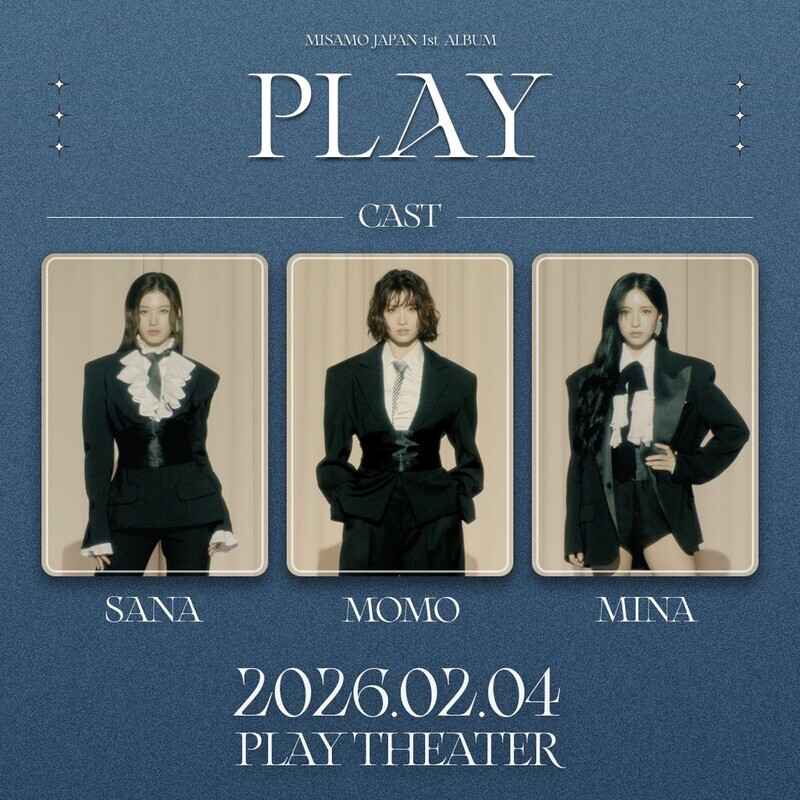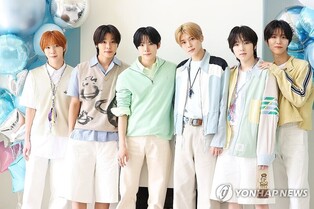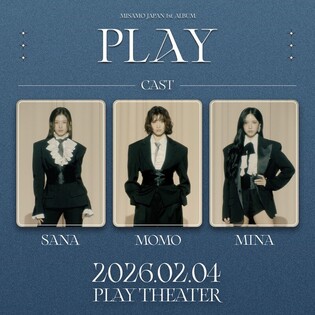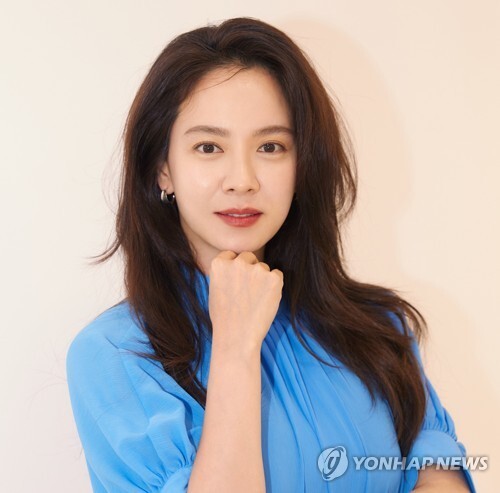*Editor’s note: The number of global Hallyu (Korean Wave) fans is approaching approximately 225 million, according to the 2024 report by the Korea Foundation. The surge in fans marks the dawn of the "Digital Silk Road" era, where communication transcends the limitations of time and space, enabling real-time interaction across the globe. Truly, we are in the era of "Hallyu 4.0."
Design for Muslim Patients
Contributed by Suk Soo-sun (professor at Yonsei Graduate School of Communication & Arts)
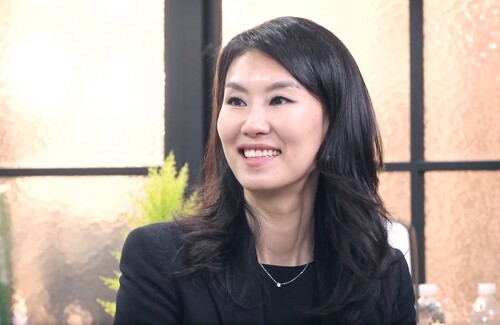
Design management, a principle strongly emphasized by the late Samsung Electronics Chairman Lee Kun-hee, highlights the critical role of design in enhancing product competitiveness. Lee pointed out that no matter how exceptional planning and technical skills are, if the design is weak, the overall impact diminishes, leading to reduced market competitiveness.
Guided by this philosophy, Samsung initiated the "Design Membership Program" in 1993 to discover and nurture talented designers, and later established the Samsung Design School (SADI) in 1995. By 2011, Samsung had advanced its design strategy with "Design 3.0," aiming to create value through design that inherently satisfies users.
This approach underscores the importance of creating designs that cater to specific user needs, such as designing for Muslim patients. This involves considering their cultural and religious practices in healthcare environments, ensuring that spaces and products not only meet functional requirements but also provide comfort and respect for their beliefs. The era of design management, as championed by Lee, has thus rapidly gained traction in South Korea, influencing various sectors to prioritize user-centric design.
◇ Characteristics of Arab Culture and Muslim Patients
As highlighted in previous articles, South Korea has seen a significant rise in medical tourism from Middle Eastern countries, driven by the global popularity of the Korean Wave (Hallyu) and an enhanced image of Korean healthcare. This trend is further fueled by geopolitical and religious tensions that make it challenging for Arab nationals to seek medical care in the U.S. and Europe, as well as the relatively lower cost of medical services in Korea compared to other advanced countries.
Additionally, the growth of low-cost airlines and the expansion of flight routes have made it easier for Muslim medical tourists, particularly from the Middle East, to explore various destinations, including South Korea. This is expected to lead to a further increase in the number of Muslim medical tourists from countries like the United Arab Emirates.
Unlike Western countries, most Middle Eastern nations adhere to a tradition of theocracy, where religion and politics are closely intertwined. Islam, which originated in the Middle East, is the predominant religion in this region. The term "Muslim," which refers to followers of Islam, means "one who submits completely [to God]."
Muslims have strong religious beliefs regarding illness and treatment, often viewing them as expressions of God's will. The Middle Eastern Muslim population is relatively young, with high birth rates contributing to a significant proportion of youth. As education and social opportunities for this demographic increase, so does their income and spending on tourism, including medical tourism.
A 2019 study by the Korea Tourism Organization on Muslim tourist satisfaction revealed that religious attributes such as prayer facilities, halal provisions, adherence to general Islamic ethics, and separation from alcohol and gambling are crucial factors influencing their satisfaction.
Communication in Arab culture tends to be implicit and ambiguous, making it challenging to immediately grasp the true intent behind the words. Understanding the full context, including tone, gestures, and facial expressions, is essential for interpreting the underlying meaning behind a speaker's words.
Muslim patients often express their pain more freely to family members than to medical staff, which can lead to discrepancies in pain management. Female patients, in particular, are highly concerned about exposing their bodies to men, and this concern is often shared or heightened by their husbands or families. Discussing female-specific health issues can also be considered embarrassing, requiring special attention from healthcare providers.
In Arab culture, showing one's body is often viewed as shameful. To minimize discomfort during medical treatment, it is essential to assign healthcare professionals of the same gender as the patient. Additionally, anyone involved in the patient care environment, such as cleaning staff, room attendants, and interpreters, should exercise caution when entering a female patient's room.
In Arab culture, large families are common, and having many family members present at the hospital is seen as a sign of affection and support for the patient.
◇ Design Reflecting Cultural Characteristics of Users
Design management in hospitals, particularly in the Middle East, offers valuable insights into the importance of cultural considerations in service provision. A notable example is the service design at the Cleveland Clinic Abu Dhabi by the global design consulting firm IDEO. This project aimed to cater specifically to the needs of patients from Middle Eastern cultures, demonstrating how crucial cultural understanding is in designing effective services.
Tom Kelley, General Manager at IDEO, shared an example illustrating this point: "The initial hospital room design was Western-style, with just a bed for the patient and a sofa for visitors. However, in Middle Eastern culture, when a family member falls ill, the entire family comes to take care of them. Medical staff, unaware of this, were shocked to find patients' families laying carpets on the floor and even smoking water pipes in the room. This experience led us to completely redesign our approach to patient care."
In Islamic culture, strong familial bonds mean that effectively treating a single influential figure, such as a royal family member or a wealthy individual, can lead to thousands of people visiting the hospital. In Islamic societies, networks and trust are highly valued, and Muslims are often eager to share positive experiences with their community. However, there is a tendency to reject outsiders while being overly generous to acquaintances, which highlights the importance of nurturing and maintaining relationships.
Islamic business ethics prioritize respect for the Islamic world and adherence to its rules and principles over mere profit generation. Although Muslims are spread across vast regions and encompass various ethnicities, there is a risk of oversimplifying their culture into a monolithic entity. This can lead to misunderstandings, such as assuming that certain regional customs represent the entirety of Islamic culture simply because they are practiced by Muslims in that area.
The diversity within Arab culture is significant, and overgeneralization can lead to stereotypes that are not only inaccurate but also offensive. For instance, not all Arabs are unfamiliar with Western culture, and some may even find certain traditional practices, like physical contact in healthcare settings, offensive. However, this varies among individuals, as not all Arab clients share the same religious beliefs or cultural practices. For example, while a traditional Arab man might find it inappropriate for a female healthcare provider to offer a handshake, not all patients in the Arab world would react the same way.
Lebanon, for instance, has a population that is approximately half Christian. If medical staff assume all Arab patients are Muslim and treat them according to Islamic customs, this could lead to cultural missteps. Therefore, it is crucial to understand and respect religious and cultural differences to provide appropriate services to Muslim patients and others.
In South Korea, it is essential to maintain an ongoing focus on services for Muslims by understanding and addressing the cultural differences that may arise. Developing strategies to manage these differences effectively is crucial. Moreover, utilizing local networks established through national promotion efforts and hospital outreach can help reduce cultural unfamiliarity and improve service delivery.
◇ Utilizing Design in Medical Communication
The importance of cultural diversity in design has become increasingly prominent across various fields such as communication design, experience design, and UX/UI design. This shift highlights the need for cultural design research, focusing on enhancing service quality by considering cultural differences. In today’s globalized environment, understanding cultural diversity and universality is crucial for developing design principles, forms, and methods that facilitate effective communication among stakeholders from different cultural backgrounds.
South Korea has been striving to grow and globalize its healthcare industry, leveraging the popularity of the Korean Wave (Hallyu) and a robust medical infrastructure. As a result, the number of foreign patients has steadily increased, contributing to the diversification of healthcare services. However, several challenges have arisen, particularly in communication between patients and medical staff. Language barriers and cultural misunderstandings are frequently cited as significant issues, leading to high levels of stress and fatigue among Korean healthcare providers, and consequently, lower satisfaction rates among foreign patients.
In today’s healthcare environment, enhancing patient experience by providing high-quality medical services is recognized as a critical factor in maintaining the competitiveness of medical institutions. Patient experience now extends beyond clinical outcomes, encompassing the entire journey from pre-consultation evaluations to post-consultation follow-ups, including phone calls and diagnoses.
Despite the growing academic focus on medical tourism and service design, most existing research tends to focus on conceptual understanding or simple comparative analyses of international cases. There is a notable lack of research dedicated to policies targeting specific cultural groups or meeting the demands of international patients in a globalized healthcare context.
To conduct effective research on medical services, it is essential to incorporate design concepts that allow for the rapid identification and implementation of creative and integrative solutions. Recognizing the importance of design capabilities and understanding the foundational and applied technologies that enable adaptation to rapidly changing media landscapes are crucial.
In the highly competitive global medical service industry, it is urgent to expand the capabilities of personalized medical services that reflect cultural characteristics such as language, religion, and lifestyle. This approach is vital for improving stakeholder satisfaction and ensuring the continued growth and global competitiveness of healthcare services.
(C) Yonhap News Agency. All Rights Reserved

























